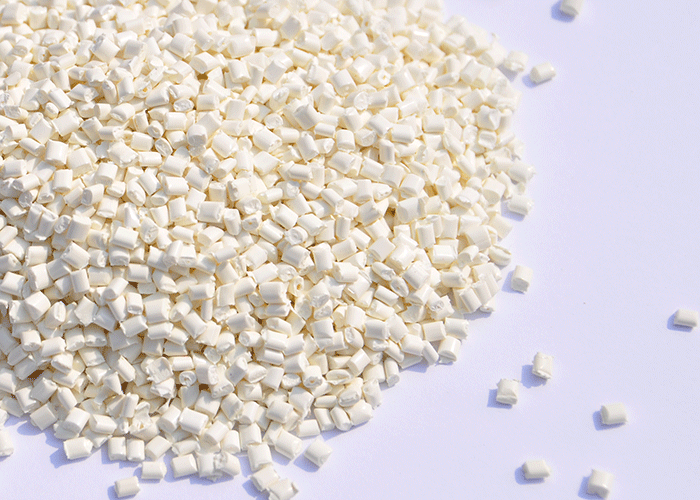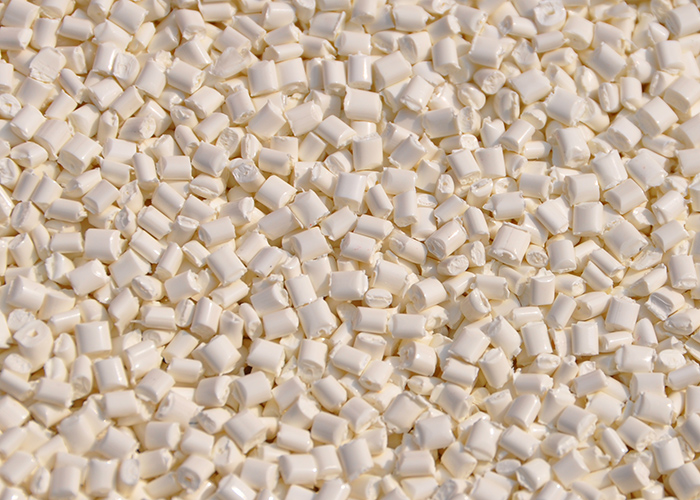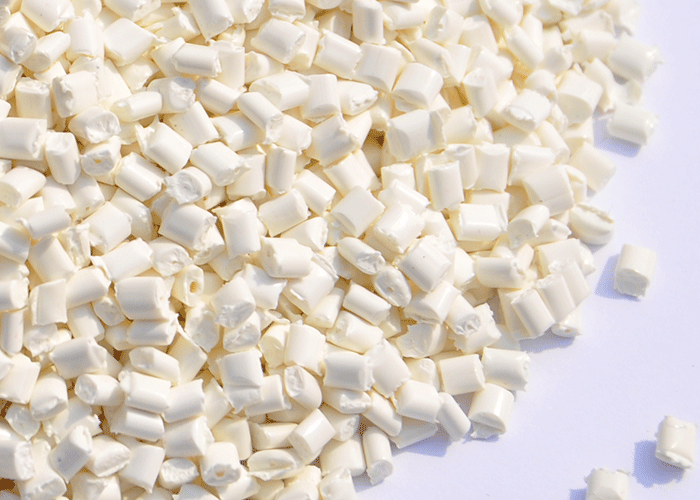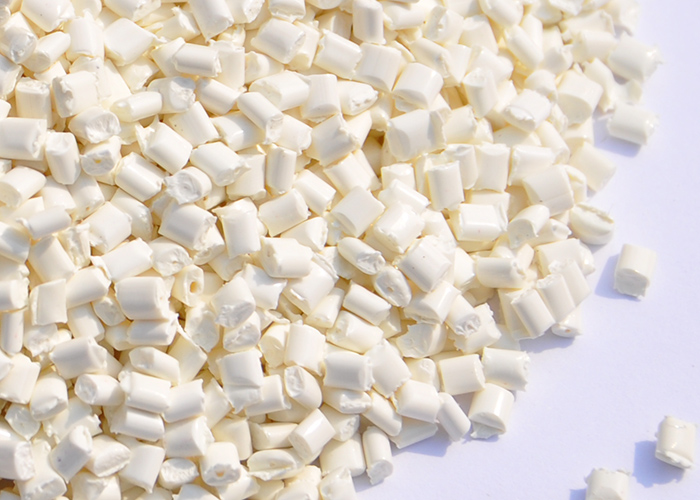- The performance, characteristics and applications of polypropylene masterbatch in the Autumnal Equinox scene!
- Autumnal Equinox "Color" dyed Polypropylene: A Golden Autumn Color-changing Guide for Polypropylene Masterbatch!
- In-depth Analysis of China's Plastic Products Industry in 2025!
- Teachers' Day "Colorful" Conveys Heartfelt Wishes: Polypropylene masterbatch adds color to Festival Items!
- Teachers' Day: "Color" Conveys Heartfelt Wishes: Polyester Masterbatch from Longkou Huacai Plastic Industry Co., Ltd. Adds Color to Festive Items!

- Tel: 0086-13705451607
- Fax: 0086-0535-8719999
- Email: lkhc668@sohu.com
- Add: East Heping, High-tech Zone, Longkou City, Shandong Province
Core composition, key performance requirements, application scenarios and usage methods of nylon masterbatch!
Nylon masterbatch is a concentrated colorant specifically used for dyeing nylon (polyamide fiber, commonly known as nylon). It is made by mixing, melting and granulating a high proportion of pigments or dyes, carrier resins (polyamide resins with good compatibility with nylon), as well as dispersants, stabilizers and other additives. It achieves uniform coloring of nylon products by mixing with raw resin during processing such as nylon spinning or injection molding, and has many advantages over traditional dyeing processes. The following is a detailed introduction from aspects such as core composition, performance requirements, application features and advantages:
I. Core Components of Nylon masterbatch
The formula of Nylon masterbatch should be matched with the chemical properties of nylon resin (such as molecular structure and melting temperature). The main components include:
Colorant (pigment/dye) :
Pigments: Commonly used inorganic pigments (such as titanium dioxide, carbon black, iron oxide red) and organic pigments (such as phthalocyanine blue, azo red) have the characteristics of good lightfastness, heat resistance and migration resistance, and are suitable for scenarios with high requirements for color fastness (such as outdoor products, industrial fabrics).
Dyes: Mostly disperse dyes or acid dyes, they have good compatibility with nylon, strong coloring power and bright colors. However, the lightfastness and heat resistance of some dyes are slightly inferior to those of pigments.
Carrier resin: Usually, polyamide resin with excellent compatibility with nylon (such as PA6, PA66) (such as low-molecular-weight PA6) is selected to ensure that the color masterbatch can be uniformly mixed with the raw resin in the molten state, avoiding delamination or uneven coloring.
Dispersants: such as fatty acid amides and polyester-based dispersants, their function is to reduce the cohesion between pigment particles, ensure that the pigments are evenly dispersed in the carrier resin, prevent particle agglomeration, and guarantee the uniformity of coloring.
Auxiliary additives
Stabilizers: including heat stabilizers (to prevent resins or pigments from decomecting due to heat during processing) and light stabilizers (to enhance the weather resistance of products).
Antioxidant: Delays the oxidation and aging of nylon during high-temperature processing or use.
Ii. Key Performance Requirements for Nylon masterbatch
Strong and uniform coloring power: The pigment has good dispersibility in the carrier. A small amount of addition can achieve the desired color, and the product has no stripes or color spots.
Good compatibility: It can be completely fused with nylon resins (such as PA6, PA66, etc.) in the molten state without affecting the fluidity and mechanical properties (such as strength and toughness) of the raw materials.
Excellent heat resistance: The spinning or processing temperature of nylon is relatively high (usually 220~280℃), and the color masterbatch needs to remain stable within this temperature range, without decomposition, fading, or the production of toxic gases.
Good resistance to migration: After coloring, the nylon products will not have the pigments migrate to the surface or contaminate other materials when used for a long time or in contact with other substances (such as solvents, sweat), thus avoiding "color fading" or dye transfer.
Weather resistance compatibility: Depending on the application scenarios (such as outdoor or indoor), it needs to have certain light resistance, acid and alkali resistance, and water washing resistance. Especially in fields such as clothing and automotive interiors, the color fastness must meet the standards (such as light fastness and rubbing fastness).
Iii. Application Scenarios and Usage Methods
Main application fields
Nylon fibers: including the coloring of long filaments (such as clothing fabrics, socks, ties), short fibers (such as carpets, plush toys), and industrial filaments (such as fishing nets, safety belts).
Nylon plastic products: such as engineering plastic parts (auto parts, electronic casings), daily necessities (toothbrush handles, zipper pulls), etc.
Usage method: Mix the color masterbatch with the nylon raw material resin in a certain proportion (usually 1% to 5%, adjusted specifically according to the depth of the color) evenly, and then directly put it into the spinning machine or injection molding machine. Coloring and molding are completed in a molten state without the need for subsequent dyeing processes.
Iv. Advantages over Traditional Dyeing Techniques
Simplify processes and enhance efficiency: Eliminate steps such as dyeing, water washing, and drying after spinning, shorten the production cycle, and reduce energy consumption and wastewater discharge.
Better uniformity of coloring: After pretreatment, the pigments are dispersed more finely, which can avoid the problems of color streaks and color differences that occur in traditional dyeing. It is especially suitable for coloring complex fibers such as fine denier filaments and irregular filaments.
Reduce fiber damage: Traditional dyeing requires high-temperature and high-pressure treatment, which may damage the structure of nylon. Masterbatch coloring is completed simultaneously during the spinning process, having a smaller impact on the mechanical properties of the fibers.
Good batch stability: By precisely controlling the proportion of color masterbatch addition, it can ensure that the color of products from different batches is consistent, reducing quality fluctuations.
Adapt to small-batch and multi-color demands: Simply change the color masterbatch to quickly switch colors, offering high flexibility and making it suitable for personalized and customized production.
Summary
Nylon masterbatch is an efficient solution for coloring nylon products. Its core performance lies in compatibility with nylon, pigment dispersion, and temperature and weather resistance. With the expansion of nylon's application in fields such as clothing, industry, and automobiles, the requirements for the functionality (such as antibacterial and flame-retardant masterbatches) and environmental friendliness (free of heavy metals and low VOCs) of color masterbatches are also increasing, driving the development of formula technology towards greater refinement and specialization.
- The performance, characteristics and applications of polypropylene masterbatch in the Autu
- Autumnal Equinox "Color" dyed Polypropylene: A Golden Autumn Color-changing Guide for Poly
- In-depth Analysis of China's Plastic Products Industry in 2025!
- Teachers' Day "Colorful" Conveys Heartfelt Wishes: Polypropylene masterbatch adds color to
- Teachers' Day: "Color" Conveys Heartfelt Wishes: Polyester Masterbatch from Longkou Huacai
- Longkou Huacai Plastic Industry Co., LTD. Plastic Masterbatch: A coloring additive suitabl
- Detailed introduction of polyester Masterbatch of Longkou Huacai Plastic Industry Co., LTD
- The plastic industry maintained a stable trend despite pressure in the first half of the y
- Longkou Huacai Plastic Industry Co., LTD. Polypropylene Masterbatch: Specialized Coloring
- Nylon masterbatch: A material that endows nylon products with rich colors!



